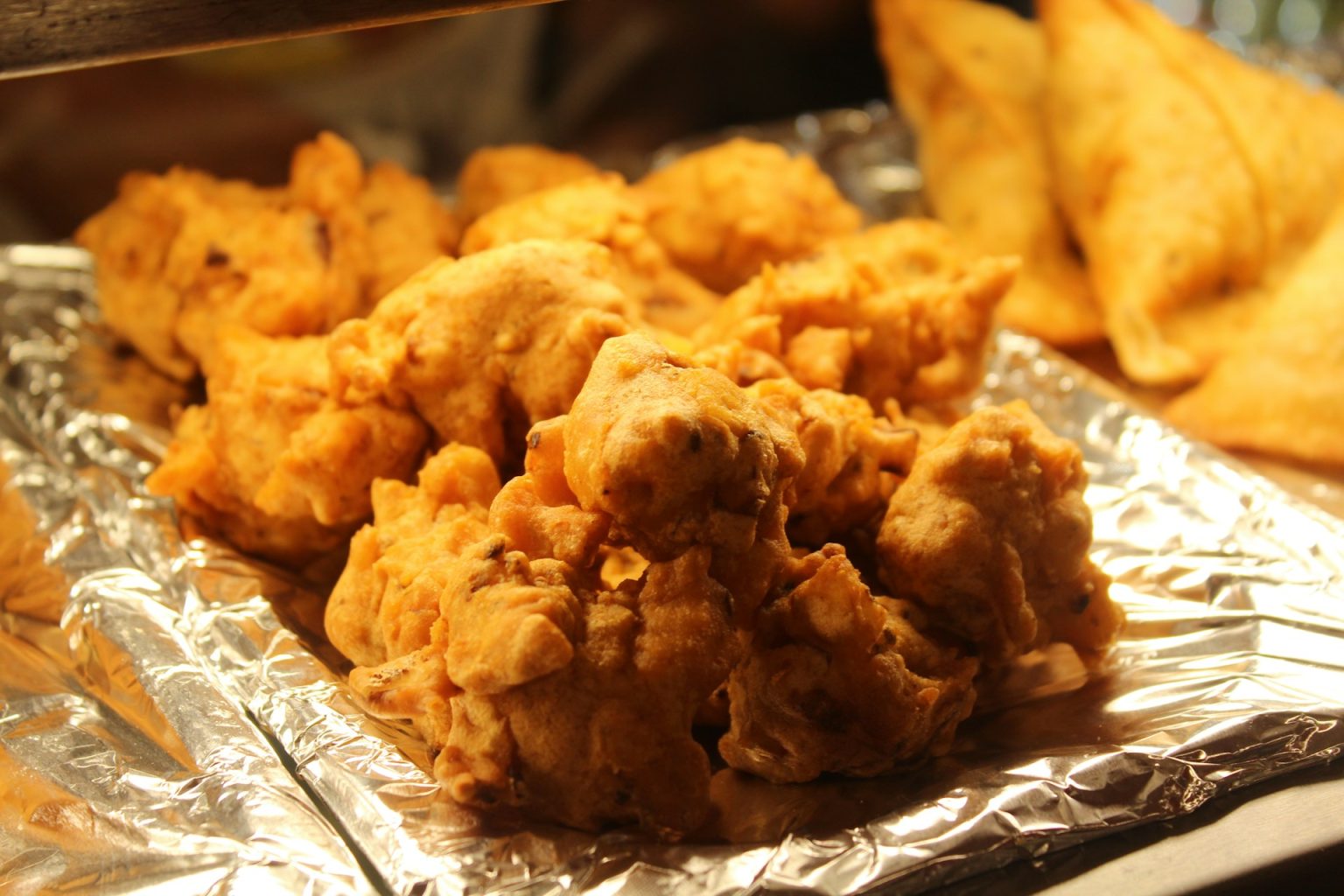Few dishes inspire the same level of comfort and craving as fried chicken. Whether eaten straight from the paper with chips or plated up with sides in a restaurant, the golden crust and juicy centre are a universal crowd-pleaser. Yet, achieving that perfect balance at home is a challenge that many cooks know all too well.
All too often, the homemade version turns out greasy, soggy, or with the coating slipping away from the meat. According to culinary expert Mimi Morley, Senior Recipe Development Manager at the food box delivery service HelloFresh, this comes down to a few common mistakes. With the right preparation and a little patience, however, it’s possible to recreate restaurant-quality fried chicken from the comfort of your own kitchen.
“Even a dish as familiar as fried chicken can go wrong if you don’t approach it with care,” she says. “But once you know the tricks of the trade, it’s straightforward — and incredibly rewarding.”
So, what exactly separates disappointing fried chicken from a truly memorable one? Morley outlines three key areas: proper preparation, correct frying technique, and timing when it comes to sauce.
The Prep That Makes All the Difference
The road to juicy, flavourful fried chicken begins long before the oil is hot. Morley stresses that one of the biggest mistakes is rushing straight from the fridge to the frying pan. “Proper preparation completely transforms the taste and texture,” she explains.
Her first piece of advice is to season the chicken in advance. A simple brine of water, salt and a little sugar helps the meat retain moisture and infuses flavour throughout. “Even an hour makes a huge difference,” she notes. Those with more time can leave the chicken in the brine overnight for maximum impact.
Once brined, it’s vital to pat the chicken dry before moving on. From here, Morley recommends dipping the pieces in buttermilk for a few hours — a traditional Southern approach that tenderises the meat — or giving them a quick coating in beaten egg. Only then should the chicken be dredged in well-seasoned flour or breadcrumbs.
The final step in preparation? Patience. Leave the coated chicken to rest for at least 15 minutes before frying. “This helps the coating to stick,” Morley explains, “so it stays crisp rather than sliding off into the oil.”
Frying Like a Pro
While many home cooks shy away from frying, worried about mess or safety, Morley insists it is easier than it seems — provided you follow a few essential rules.
First, choose the right equipment. “A deep, heavy-bottomed pan is ideal, and cast iron works best,” she says. “But any sturdy pan with high sides will do, as long as the pieces have space to cook without stacking on top of each other.”
The oil should be around five to seven centimetres deep — enough to submerge the chicken halfway. Heating the oil to between 170°C and 180°C is critical. Any cooler and the coating will soak up oil, leaving the chicken greasy. Too hot and the outside will burn before the inside is cooked through.
When it’s time to fry, always lower the chicken in carefully with tongs, cooking only a few pieces at a time. Overcrowding, Morley warns, is a surefire way to end up with limp, oily crusts.
Fry the chicken for roughly 15 minutes, turning occasionally to ensure even colouring. The coating should be a deep golden brown and the meat cooked right through to the bone. To be sure, Morley advises piercing the thickest part of the meat with a knife: “The juices should run clear, with no trace of pink.”
Once cooked, transfer the chicken to a wire rack or paper-lined plate to drain off excess oil. This not only keeps the crust crisp but also prevents it from steaming and softening.
Timing Is Everything with Sauce
For many, fried chicken is incomplete without a fiery hot sauce or sticky glaze. But Morley cautions against eagerness here too.
“If you add sauce too early, the coating absorbs it and turns soggy,” she says. “Always let the chicken rest briefly on a wire rack, then brush or toss it in the sauce just before serving.”
For those who prefer a lighter touch, a simple drizzle is enough. Others might mix honey or melted butter into hot sauce for a more balanced heat. For spice lovers, a hotter sauce works well — as long as it’s tossed through the chicken quickly to preserve the crunch.
Morley’s final suggestion is to keep extra sauce on the side. That way, everyone at the table can add more to taste without sacrificing the crisp finish of the chicken.
From Kitchen Experiment to Dinner-Table Favourite
Recreating restaurant-style fried chicken at home may sound like a tall order, but Morley insists that it’s accessible to anyone willing to spend a little extra time on prep and technique. “It’s about slowing down and respecting the process,” she says. “Once you’ve mastered it, you’ll never go back to soggy, disappointing chicken again.”
With food box services like HelloFresh inspiring more people to cook from scratch, dishes such as fried chicken are no longer reserved for dining out. Instead, they can be confidently recreated in home kitchens, turning weeknight suppers into something special.
And with the reassurance that professional-quality results are possible in a domestic kitchen, perhaps it’s time to swap takeaways for tongs and brine — and bring that golden crunch home.



